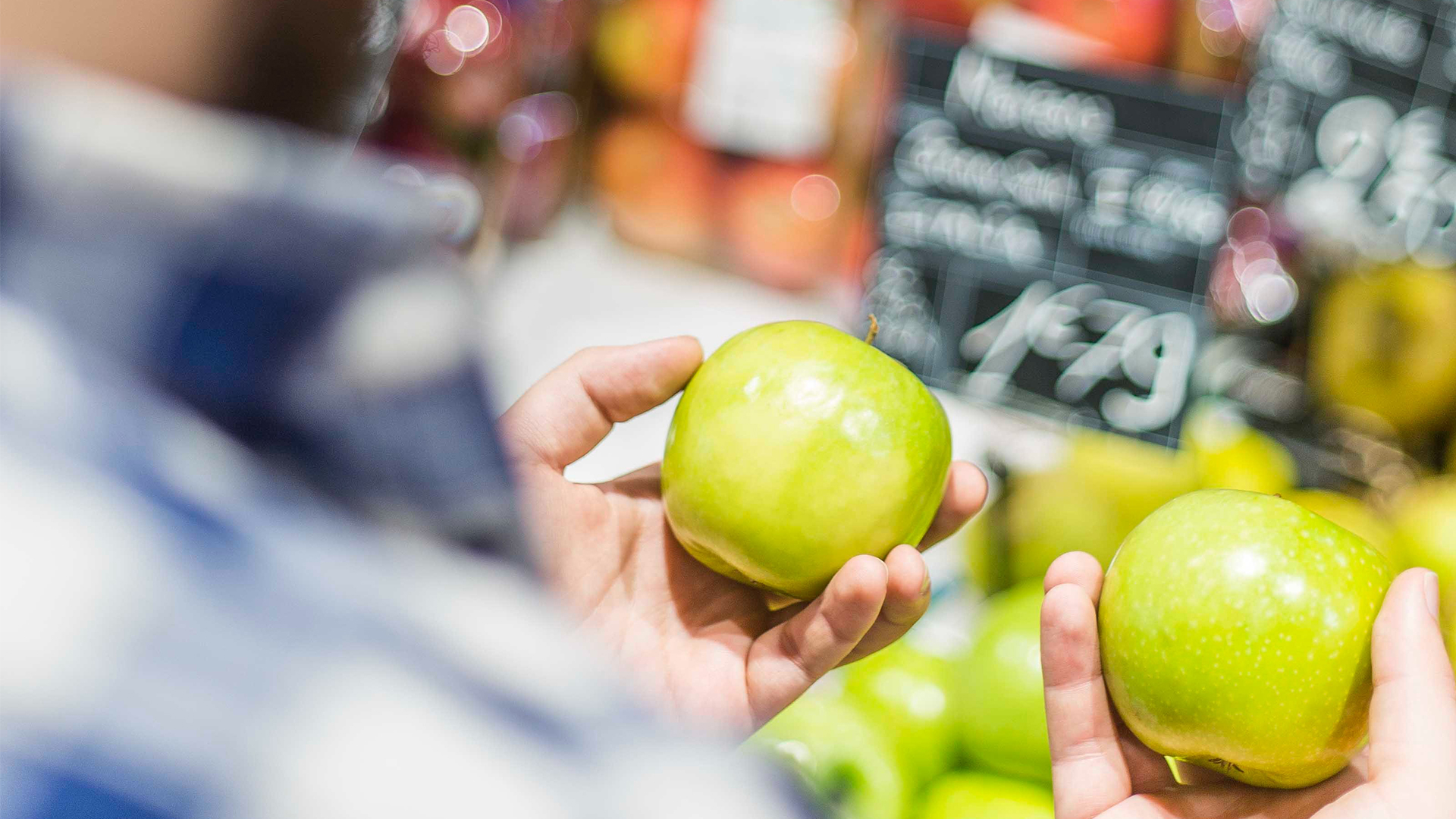COVID-19 has been the catalyst for incredible grocery market growth and e-commerce adoption. Sales at Idaho-based grocer Albertsons increased by 11.2% during the fiscal second quarter and its digital sales during that same period grew a staggering 243%. At Walmart, U.S. same-store sales grew by 9.3% — fueled mainly by food and general merchandise purchases. And at Target, food and beverage sales rose by 20%. There is no doubt that consumers are dining out less and buying more groceries and household staples online than ever before. Some analysts estimate the online grocery market will grow a staggering 40% this year.
Yet these COVID-19 gains could evaporate quickly in the year ahead for a number of reasons.
First, revenue growth rates are forecast to shrink in 2021. In a new report by Bain & Company, the consulting firm suggests revenue growth rates may diminish by 2% to 5% next year — or could even drop by as much as 7% – if a COVID-19 vaccine is widely available and diners return to restaurants in early 2021.
Second, while we foresee grocery chains to lose some revenues to restaurants and other third-party services in a post-COVID environment, we also predict grocers to experience an increase in lower-profit e-commerce sales. This may be the most serious issue for grocery stores in a post-pandemic world. Profit margins may be negatively affected due to the lower margin e-commerce business as it costs more money for a store to fulfill an e-commerce order and you lose out on impulse purchases that occur in the physical environment.
To combat these issues, we see three key areas that grocers must focus on to thrive in our new reality.
Find New Ways to Drive Loyalty
Grocery stores can learn from travel, hospitality and finance on the power of great marketing programs to keep customers engaged and retained. Forward-thinking grocers will look at driving higher margin services while leveraging the customer relationship. For example, as the world shifts to value-based care, is it possible for grocers to partner with insurance companies to encourage consumers to shop and eat healthfully, and in turn drive additional margin points?
Retailers must also go beyond reliability and safety by providing novelty and delight to deepen the engagement with customers online. This could include notifying a customer that one of their favorite products — such as Hatch chiles — is now in season and enable them to add the item directly to their shopping list with one tap. Grocers could even offer recipe videos or showcase related items to prompt additional sales. Data-driven and personalized experiences will be an important component of encouraging shoppers to build new digitally-centered shopping habits with retailers that provide these tools.
Maximize Cart Size
Shoppers are making fewer trips to the store and browsing online is giving way to planning. Because of this, consumers are buying more goods, but less frequently. Bigger basket sizes are seen overall, but because there are fewer instances of shopping per customer, this isn’t helping revenue and profit.
To combat this issue, brands should use purchase history and preference data to make personalized product suggestions. They should consider creating convenient meal bundles for customers based on their dietary requirements or favorite brands and encourage variety through intelligent product samples and “impulse” item opportunities.
To boost engagement and keep connected with customer’s offline, subscriptions and push messaging should also be harnessed. Retailers will witness real results if they remind customers every so often that it’s time to schedule another order or push out new recipe ideas at dinner time.
Make The Investment in Technology
While increasing loyalty and cart size should certainly be part of your plan, let’s not forget about the importance of technology and the role it can play in creating efficiencies that just aren’t possible with humans. As with other areas, technology can increase satisfaction for your organization not only for your customers, but also for your employees.
While this might seem like a large initiative to tackle, the productivity, cost efficiencies and revenue possibilities just may outweigh the cost. Also, don’t assume that you have to settle for what is available “off the shelf” from a tech perspective. Do your homework — it just might make more sense to go custom and create something that works specifically for your business’ needs. A leading grocery chain has recently taken this to heart and is currently generating revenue faster with higher employee and customer satisfaction.
Grocers should continue to tap into the opportunity presented to them by the e-commerce market, and actively identify and act upon opportunities for improvement in their digital ecosystem in order to survive and thrive. The integration of different discoverability experiences will become table stakes as the quest for enhanced digital experiences persists.

